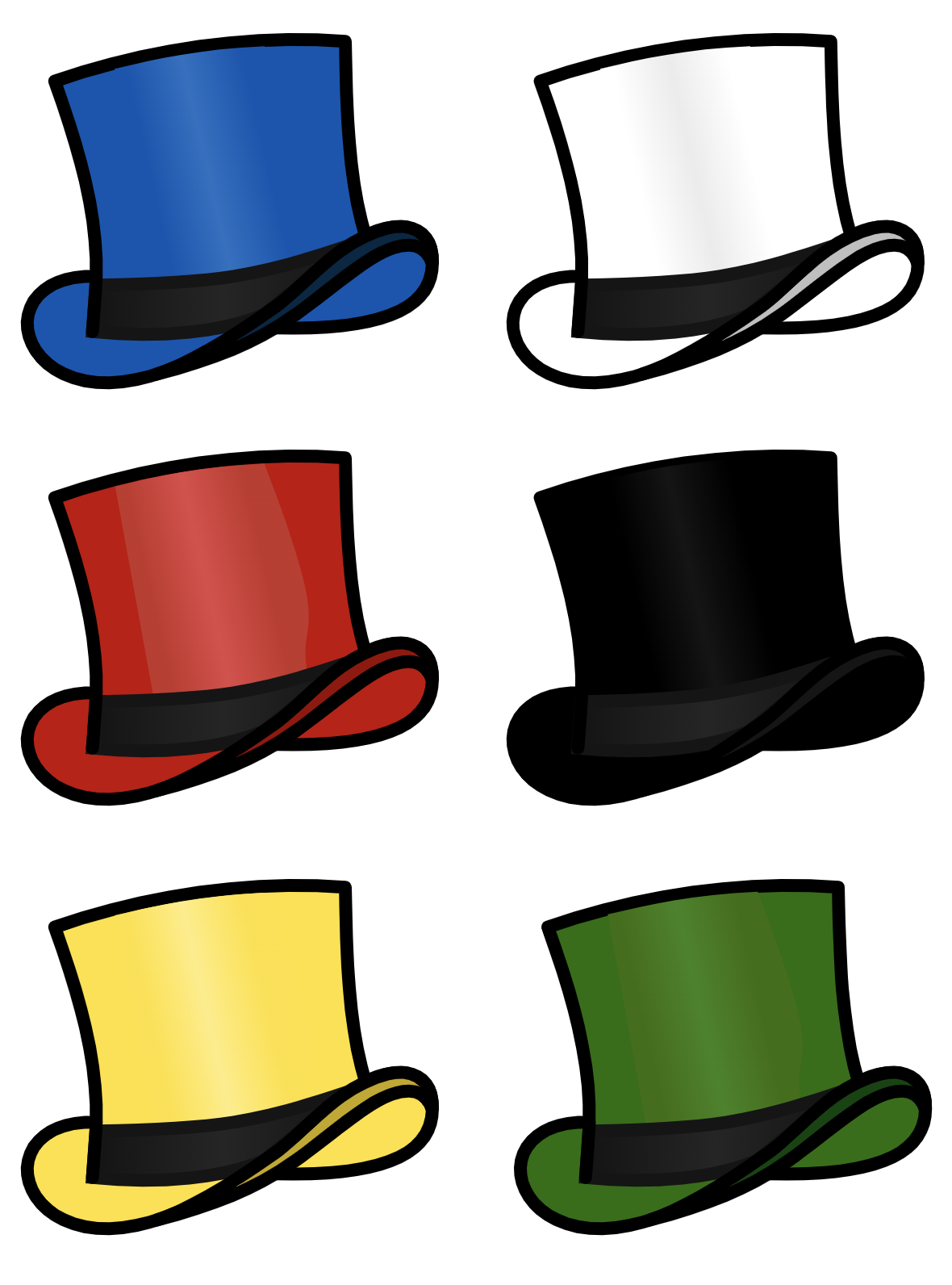Approach
Using the Six Thinking Hats in UX Workshops
In collaborative design, decision-making is rarely as straightforward as choosing the “best idea.” It’s often a tangle of assumptions, biases, and competing priorities. One tool I’ve found incredibly effective for untangling that mess is Edward de Bono’s Six Thinking Hats.
I use this method in workshops with stakeholders and cross-functional teams, especially early in product discovery. By assigning each “hat” a specific mode of thinking — facts, emotions, risks, optimism, creativity, and process — we’re able to structure divergent thinking and generate shared understanding before narrowing toward a solution.
For example, in a kickoff workshop for a new sports analytics tool, the team was stuck between building for power users or simplifying for accessibility. Using the hats, we separated emotional reactions (“This would be too basic for analysts”) from factual ones (“80% of our users don’t use advanced features”) and surfaced creative compromises that hadn’t been discussed before.
This approach doesn’t replace good research or strategy — but it helps create the conditions for both.
This is not intended to be a guide to this principle and recommend checking out de Bono’s book by the same title or looking at www.debonogroup.com/six_thinking_hats.php if you’re interested in finding out more.

